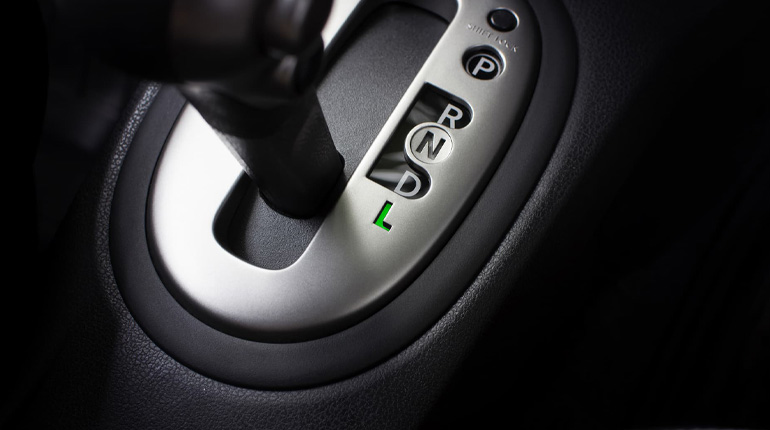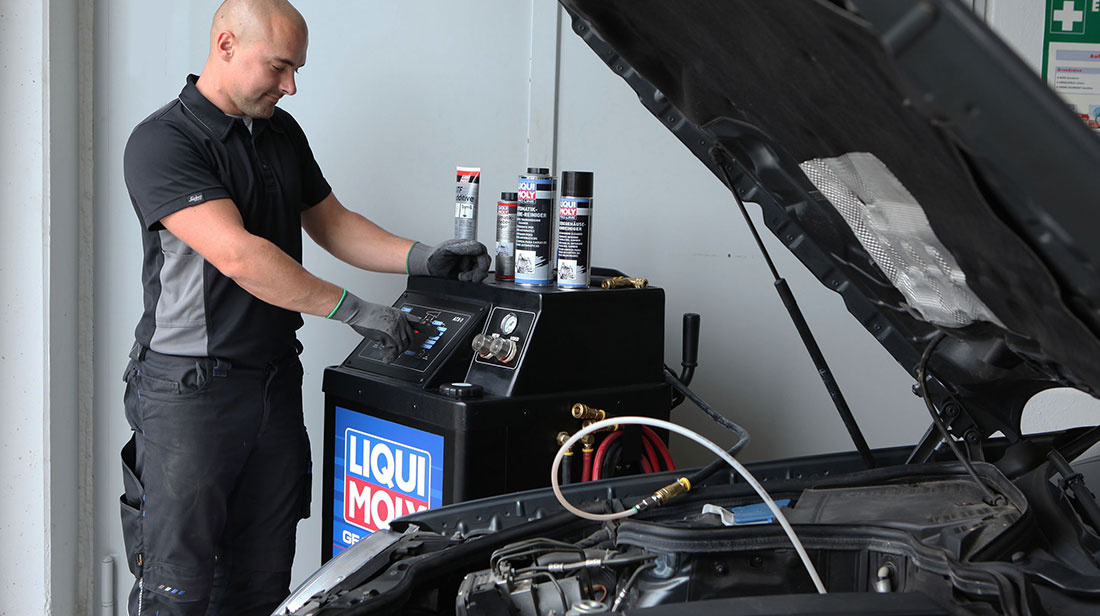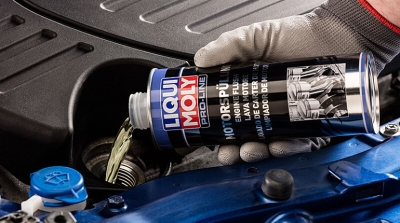
What Does L Mean on a Car?
The automatic gear shift of a modern car has several symbols imprinted on it. These symbols represent different transmission settings that allow drivers to get the best driving experience depending on their needs.
➤ What Does L Mean On A Car?
However, some modern cars have extra letters, such as L and S. The ‘L’ on the shift lever in an automatic car stands for the low gear setting. In a manual car, low gear translates to 1st gear and 2nd gear. In L mode, the transmission of the car won’t shift regularly. Instead, the transmission will stay in low gear, resulting in less fuel entering the engine. While this decreases the car’s overall engine power, you get additional engine torque. When you hit the gas pedal in low gear mode, the engine provides your tires with sheer force rather than speed. The added engine power is handy in several situations (but more on that later).
➤ How To Use The L Gear?
You can use the low gear mode by shifting the gear selector to the setting or decreasing your speed.
➤ When To Use The ‘L’ Setting?
The low gear setting on a gear shifter gives drivers an edge in certain circumstances and in performing specific tasks.
Here are three examples of when low gear mode is advantageous:
○ Towing
○ Bad Weather
○ Steep Inclinations
➤ What is engine braking?
Engine braking is a method of slowing down a vehicle without pressing the brake pedal. This way, you can maintain control of the car going downhill without the extra pressure on the transmission, brake pedal, and brake pads. The efficiency of engine braking depends on engine size. A smaller engine means less effective engine braking and subsequent slowing down. Now that you have the basics of the low gear setting down, let’s explore common queries about a vehicle’s transmission.
➤ 4 FAQS About Car Transmission
Do Electric Vehicles Have L Mode?
Yes, electric vehicles do have the L mode. Most EV drivers use it for regenerative braking and less battery charging.
What is regenerative braking?
Regenerative braking is a method of taking the wasted energy from slowing down a car and using it to recharge the car’s batteries.
What Does ‘S’ Mean On A Car?
‘S’ on a gear selector stands for sports or S mode. S mode limits a modern car to the first and second gear levels and increases engine and transmission performance. The S gear makes the engine run at higher RPMs, increasing speed and allowing for quicker gear shifts.
You can enjoy S mode if you have a paddle shifter. You can go into higher or lower gear without touching the gear lever. It’ll make you feel like you’re on a race track.
➤ What Are The Signs Of A Failing Transmission?
Whether you have a car with an automatic transmission or a manual transmission, getting it fixed can be a hassle. But spotting the signs of damage early can help you avoid paying more later.
Here are four signs that indicate that you may have a failing transmission.
Shifting Problems: Transmission problems can result in a stuck gear shifter, gear slipping, or faulty acceleration (accelerated RPMs without increased speeds).
Weird Noises: If you hear a grinding sound while using a manual stick shift, you may have a transmission problem. Similarly, you may hear a whining sound if you drive an automatic car.
Fluid leaks: Finding fluid leaks underneath your car is never fun. But it can indicate that you have a transmission leak.
Illuminated Check Engine Light: Your Check Engine Light gives you valuable information about the state of your car. If your transmission isn’t working correctly, you’ll have a flashing Check Engine Light and possibly a Transmission Light, too.
What Are The Benefits Of Engine Braking?
Engine braking helps you slow down a car by shifting into a lower gear instead of braking excessively.
Here’s how it helps:
Lower maintenance costs: As you use your braking system less, you can decrease the damage. This reduces the frequency of brake component replacements, like the brake pads, brake pedal, parking brake and brake fluid.
Prevention of excessive friction: Engine braking saves your transmission and braking system from excessive friction and lowers the risk of brake failure.
Improved brake fluid and fuel efficiency: The ECM shuts off the fuel supply during engine braking. The shut-off, in turn, helps with fuel efficiency and decreases brake fluid consumption.
Closing Thoughts
The low gear setting on a stick shift is beneficial for smoother control and is less strenuous on the car engine. It’s perfect for rainy weather and steep terrains.



